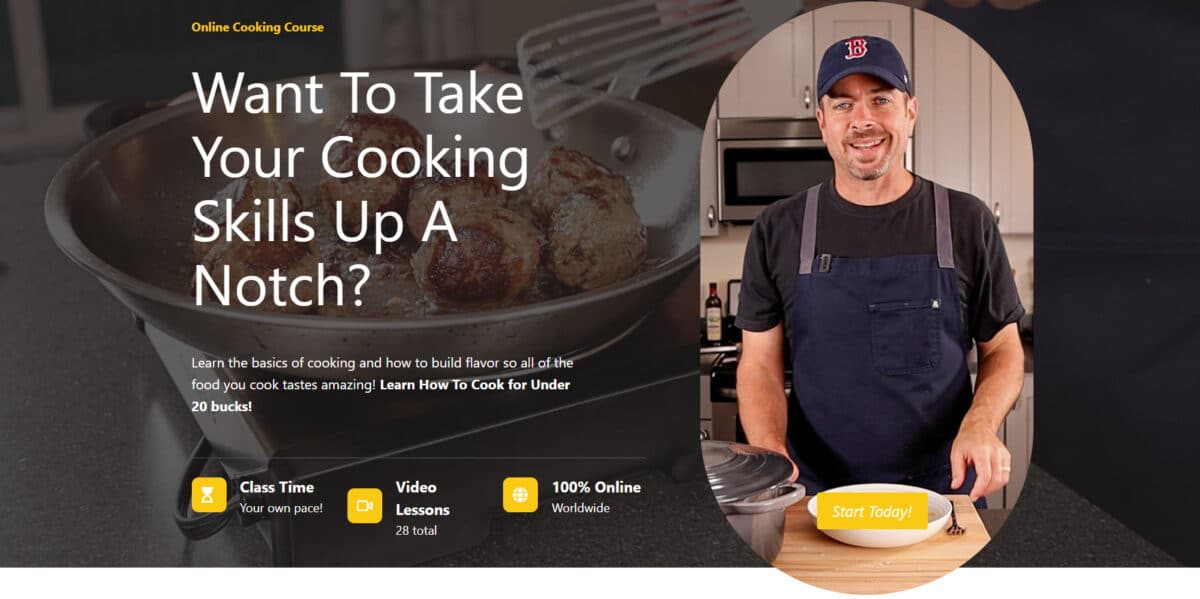How To Read a Recipe
Hey there, home cooks! I know many of you are eager to get cooking in the kitchen, but before we dive in, let’s talk about a crucial first step: how to read a recipe.
It might seem simple, but understanding how to properly read a recipe can be the difference between a dish that’s merely okay and one that’s truly spectacular.
So, let’s get our chef hats on and delve into this essential skill.
How to read a recipe

Now, let’s dive into the main event: learning how to read a recipe. It might seem as simple as just following instructions, right? But there’s a bit more to it.
Reading a recipe is like reading a map that leads you to a delicious treasure. With my tips and your enthusiasm, we’ll turn you into a recipe-reading master in no time!
1. Get familiar with the recipe
The first step in learning how to read a recipe is to familiarize yourself with the whole thing. Start by reading it from beginning to end – yes, every single line!
This will give you an idea of the entire cooking process, the ingredients you’ll need, and any special equipment or techniques that might be involved.
This step is a little like getting directions before you start a journey; it can save you from making detours or getting lost along the way.
2. Understand the ingredients list
The heart of any recipe is its ingredients. When reading a recipe, pay close attention to the ingredients list.
Make sure you understand what each ingredient is and where you can get it. Also, take note of the quantities required.
Remember, it’s all about the details. For instance, “1 cup chopped nuts” is not the same as “1 cup nuts, chopped”. In the first case, you measure the nuts after chopping, and in the second, you chop after measuring.
These little details can make a big difference in your final dish.
3. Decipher the directions
The directions section of a recipe is your road map to a delicious meal. It’s crucial to understand every step before you start cooking.
Look out for cooking terms you may not know – words like “sauté”, “fold”, “zest”, or “reduce”. If you come across a term you don’t understand, take a moment to look it up.
Knowing what you’re supposed to do before you start will make the whole process smoother and more enjoyable.
Learn how to sautee in my Online cooking class for beginners as well as many other easy techniques to spruce up your cooking skills.
4. Follow the measurements
When you’re following a recipe, it’s tempting to take a casual “eyeballing it” approach to measurements.
But here’s the deal: in cooking, measurements are incredibly important. They’re not just arbitrary numbers; they’re carefully calculated ratios that ensure your dish turns out tasty and balanced every time.
Too much salt, too little sugar, or an extra dash of vinegar can transform your dish from a delightful treat into a kitchen disaster.
For baked goods, this becomes even more critical, as precision is key to achieving the right texture and rise.
So, as tempting as it may be to guess quantities, always stick to the measurements given in your recipe. It’s the science behind your culinary art!
5. Note the cooking times and temperatures
Cooking times and temperatures are vital to get right, especially in baking. Overlooking them can lead to undercooked meals or burnt desserts.
When reading a recipe, note the total cooking time and see if it fits into your schedule. Also, check if the recipe requires preheating the oven, chilling time, or resting time.
These additional times are often overlooked but can be crucial to the recipe’s success.
I have posted on how to tell when cake is done and how to tell if brownies are done that offer helpful tips as well.
6. Visualize the process
Finally, before you start cooking, take a moment to visualize the process. Picture yourself doing each step.
This might sound strange, but it can help reinforce what you’ve just read and give you more confidence when you start cooking.
Also, it helps you spot any potential problems or tricky parts in the recipe before you’re in the thick of it.
Online Cooking for Beginners Course

Frequently asked questions about how to read a recipe
Conclusion
There you go, folks! By following these steps, you’ll soon be reading recipes like a pro. Remember, understanding the recipe is just as important as executing it. With this guide, I hope you’ll find yourself even more confident and prepared in the kitchen.

Online Cooking for Beginners Course